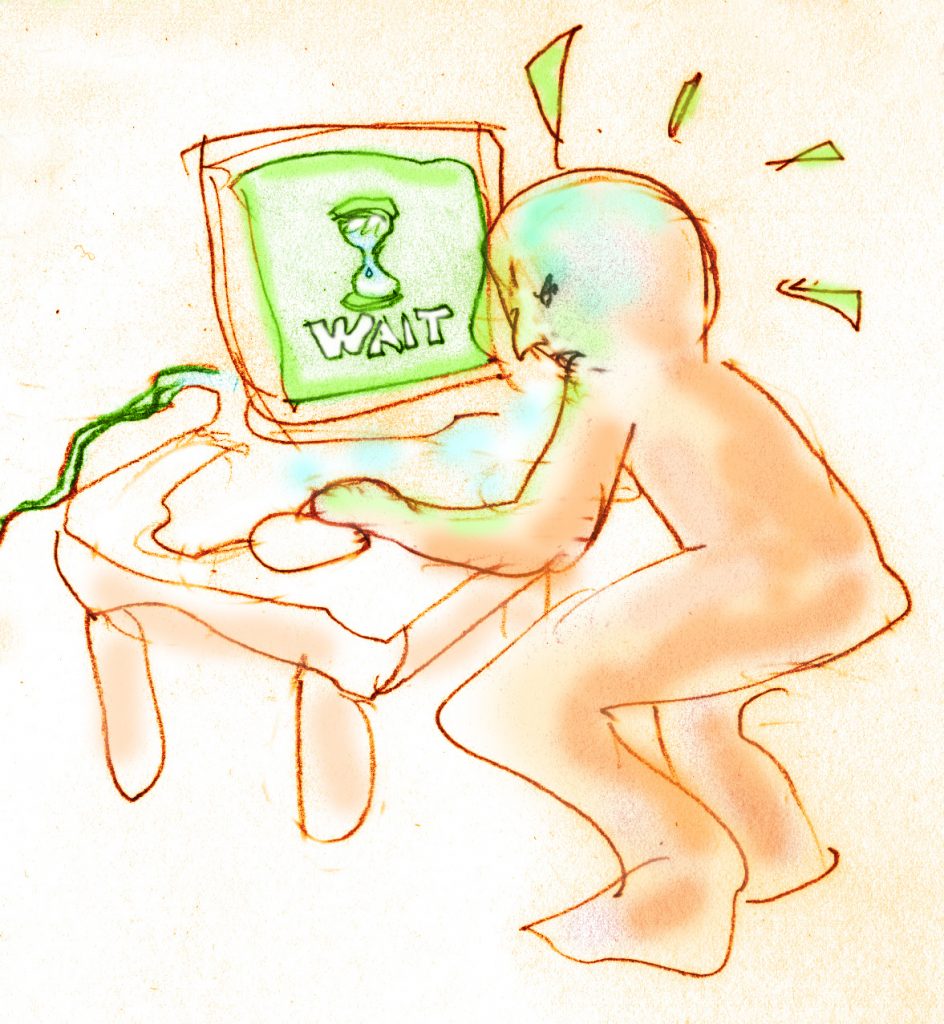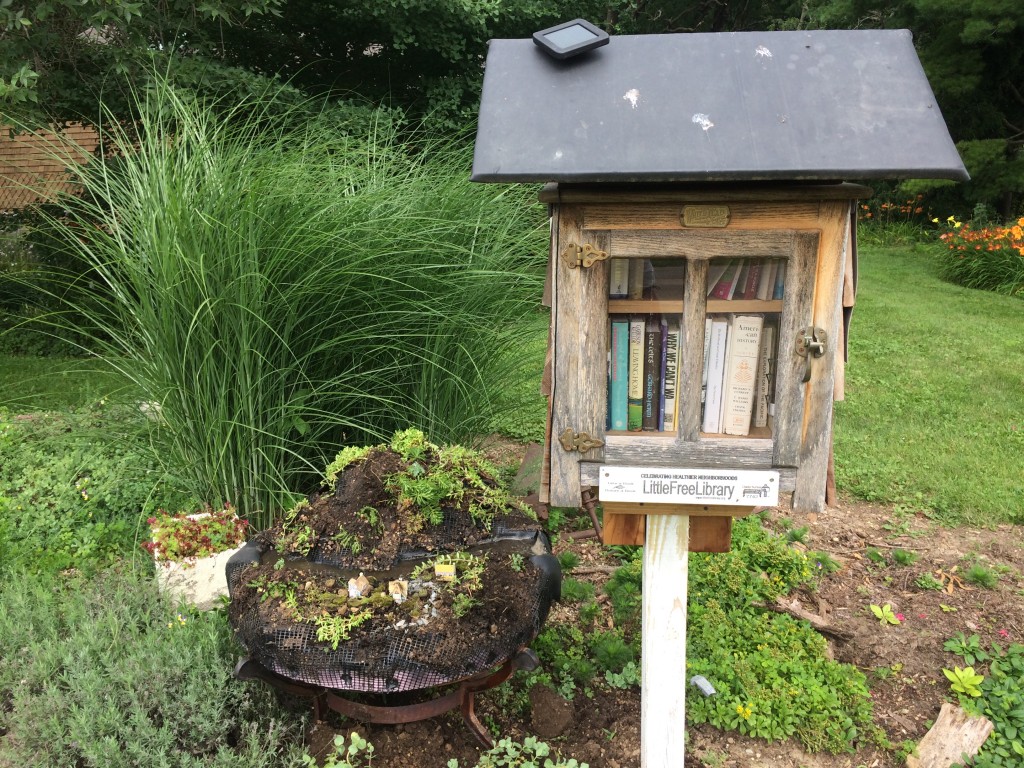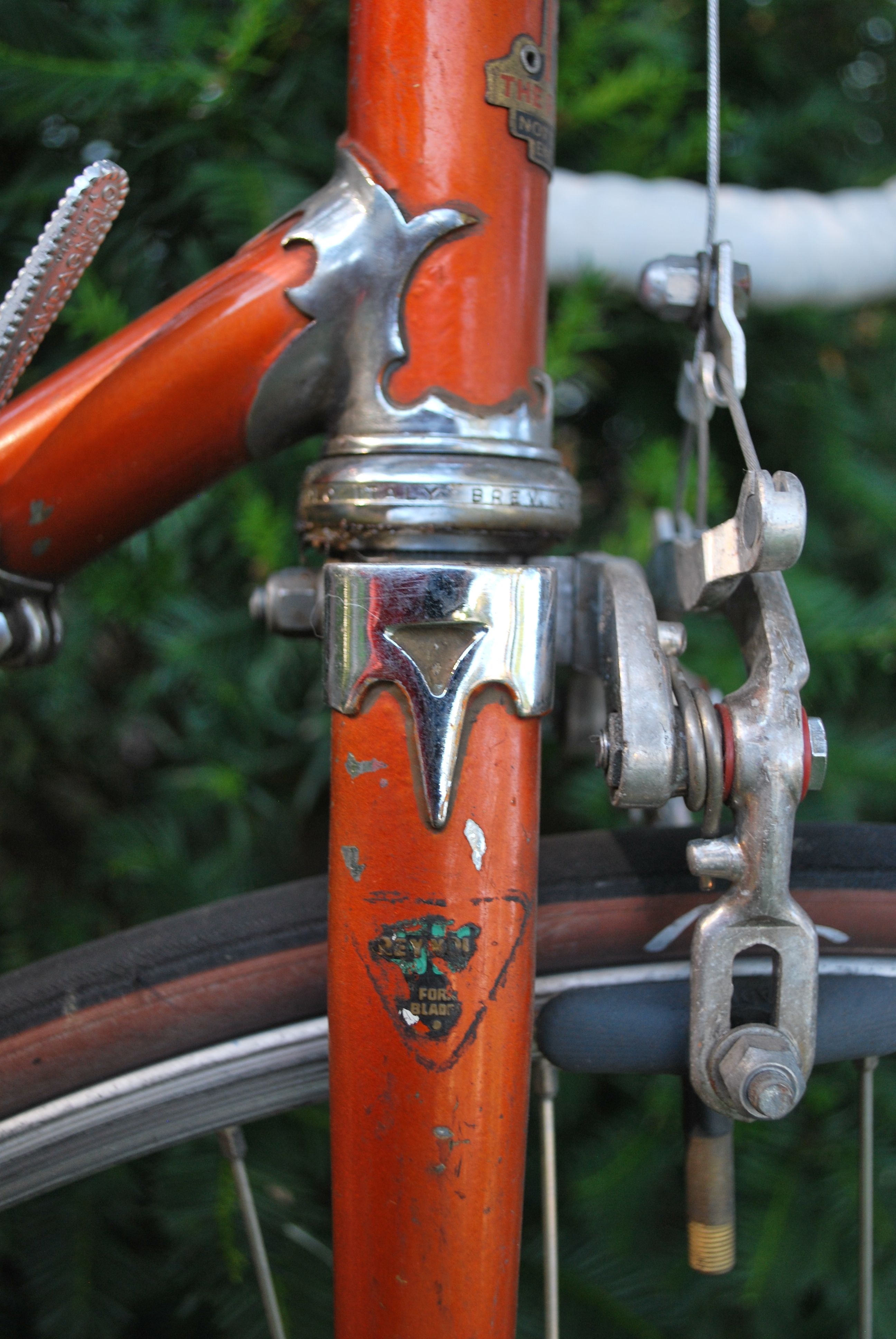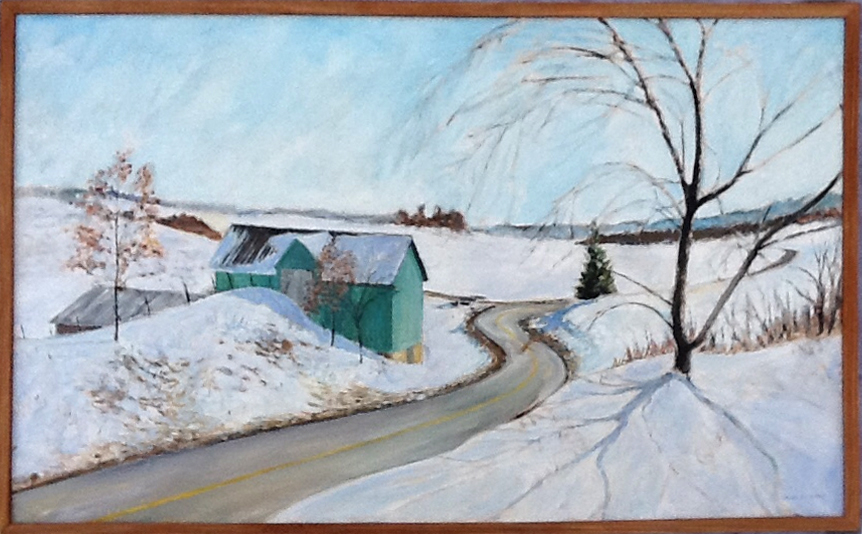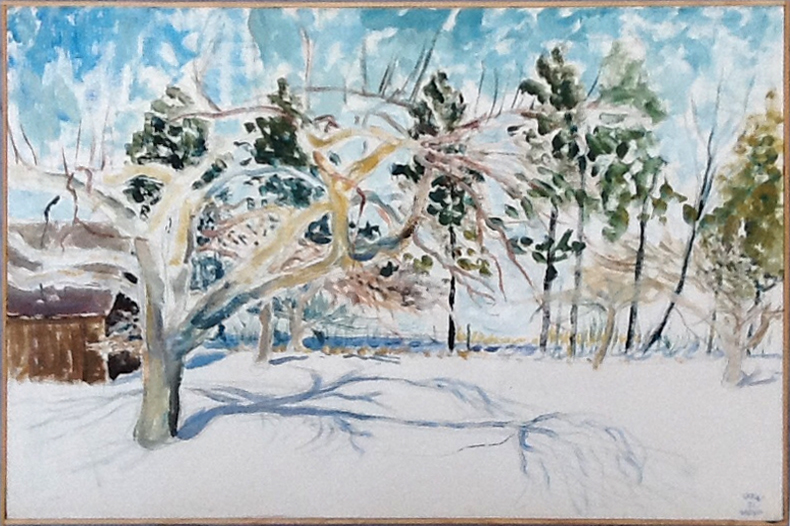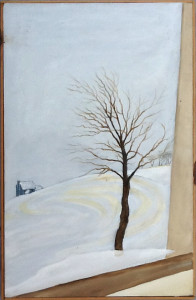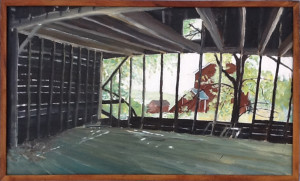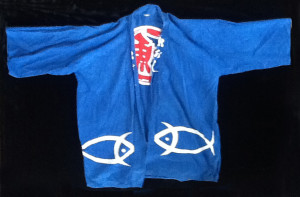Terrance Coffman’s book Van Gogh’s Missing Journals is a fascinating work that sweeps readers back to the late 1800’s through Van Gogh’s eye’s. The text introduces us to the gritty lifestyle of the farmers, preachers, miners and artists surrounding Van Gogh. The author is faithful to the facts of Van Gogh’s life, but uses the journal format to invent Vincent’s interior thoughts. I found the work compelling because Coffman, who is also an artist, is able use his own experiences to build a convincing narrative. Coffman draws a clear portrait of of the personalities of Van Gogh’s friends and family. The book takes us to a time when when Van Gogh is not only obscure but also a failure in art, work and love. Coffman’s text depicts the hard realities of mental illness in Van Gogh’s life. Vincent was also haunted by a stillborn older brother whose name he shared, but the shadows are tempered by tender images of Theo’s love and support as well as Van Gogh’s passion and commitment to his ideals, and art. I was fascinated with accounts of Vincent’s pleasures such as reading (Dickens, the bible…), drinking (absinthe, wine…)and club life (the Moulin Rouge,brothels…). My reading of the book was enriched by frequently stopping to look up particular paintings or checking what Van Gogh had written to Theo on a particular date. This book is a chance to see the struggles of a great artist in the making.



